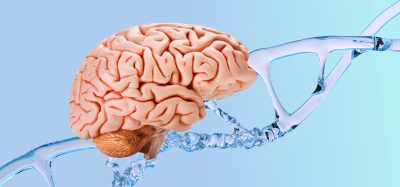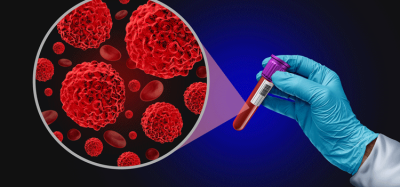Potential treatment for neurological disorders targets brain cells
Posted: 8 November 2022 | Izzy Wood (Drug Target Review) | No comments yet
UCL researchers have developed a possible new treatment for neurological and psychiatric diseases, that works by reducing the excitability of overactive brain cells.


University College London (UCL) researchers, UK, have developed a new treatment, outlined in Science and tested in mice, uses a technique that only alters overactive cells in the brain and spares those that are acting normally.
Many brain diseases are caused by excessive activity of a small number of brain cells. These conditions often do not respond well to drug treatment, mainly because drugs affect the whole brain.
While genetic therapies could be a promising way to treat these conditions, current methods do not distinguish between overactive and normal brain cells.
To create the gene therapy that could distinguish between these cells, the team screened several genes known to ‘switch on’ in response to stimulation and coupled their promoters to potassium channels chosen for their ability to reduce the firing of nerve cells.
The promoter-potassium channel combinations were tested both in mice and in miniature brain-like structures grown in dishes – which were created using skin-derived human stem cells.
The researchers found that the immediate early gene cfos promoter, in combination with the KCNA1 potassium channel gene, proved to be highly effective in calming neuronal excitability following an induced seizure.
The new treatment was more effective than previous gene therapies or anti-seizure drugs tested in the same model, with around an 80 percent reduction in spontaneous seizures in epileptic mice.
Professor Dimitri Kullmann, co-corresponding author explained: “Our findings indicate that the activity of brain cells can be normalised and that this approach can be used to treat important neuropsychiatric diseases that do not always respond to medication. We harnessed the ability of certain DNA sequences to control gene expression in response to metabolic signals. By re-directing this activity-sensing mechanism to drive the production of molecules that stop brain cells from firing, we showed that epileptic seizures can be suppressed.”
Kullman further explained that the gene therapy is self-regulated and can therefore be used without deciding a priori which brain cells need to be targeted. Importantly, in principle, it could be extended to many other disorders such as Parkinson’s disease, schizophrenia and pain disorders, where some brain circuits are overactive.
Researchers say, the gene therapy could eventually – in theory – also be used for other disorders where some brain cells are overactive, such as Parkinson’s.
Related topics
Cell Cultures, Gene Therapy, Neurosciences, Screening, Therapeutics
Related conditions
neurologic conditions
Related organisations
University College London (UCL)
Related people
Professor Dimitri Kullmann








